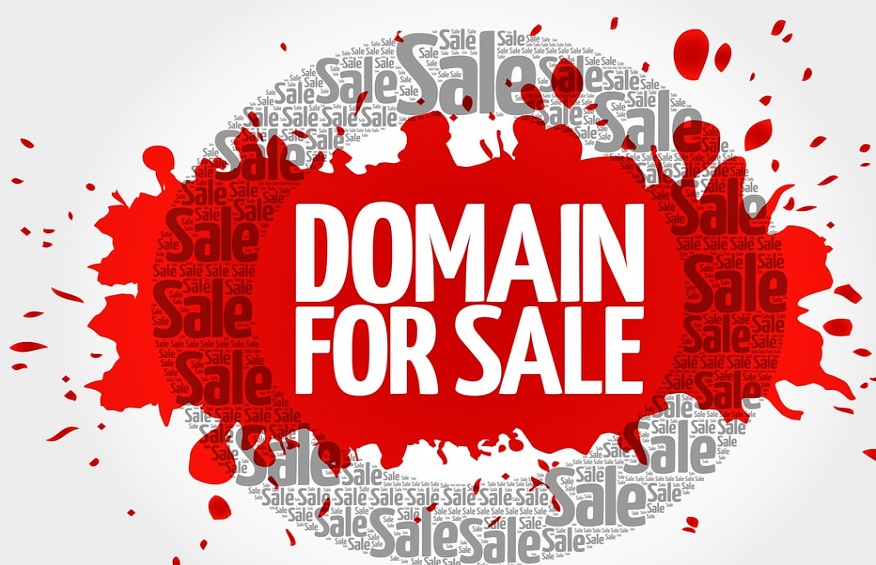But those ideas often remain just an idea, and the domain name will end up lying dormant in your account for months, years, or even decades, alongside a growing family of other unused domain names.
Of course there are plenty of other reasons why you have unused domain names: you retired or closed a business, you decided not to update your blog or your personal site anymore.
If so, you’re probably wondering if these domains have value to someone else, and if so, how can you sell your domain names? Here’s how.
Determine the value of the domain name.
Before selling a domain name, you must first determine its value: easier said than done as the value of a domain name can vary from a few Euros to numbers of six or even seven digits. The universal answer is that a domain name is worth what a buyer is willing to pay for it.
Fortunately, there are some valuation techniques that can give you an idea of the potential value of the domain name.
1. Start by studying comparable sales
Use filters for length, keywords and of course extension (like .com, .net or .io) to narrow down the list of domain names sold that are similar to yours.
2. Use domain assessment tools
Remember that these ratings are automated and can never take everything into account, because the value of a domain is not a scientific absolute.
3. Seek expert advice
If the previous two methods are both giving you a high value for your domain name, you may want to consider seeking expertise from a trusted domain name broker to make sure you’ve priced your domain name right. the goal of making a profit. Be prepared for candid feedback, but keep in mind that not everyone who leaves a review is an expert.
Now that you have an idea of the potential selling price for your domain, it’s time to decide on the right pricing strategy. Unless you have a top-tier domain name in your hands, which is likely to sell for a very high price, it is recommended that you market the domain name at a realistic price.
Domains with a buy-it-now price are much more likely to sell than domains with a “Make Offer” or auction. A buy-it-now price creates a sense of urgency for buyers: if they don’t buy now, someone else will and they risk losing the opportunity to own the domain name.
If you have a highly sought-after domain name and enjoy the negotiation process, there are several reasons to choose the “Make an Offer” approach instead of putting a fixed price on your domain.
Place a “For Sale” landing page on your domain name.
When someone thinks of a domain name and wants to know if it’s available, what do they do? He types it into his browser. If your domain name doesn’t clearly display the message “this domain is for sale” and the potential buyer can’t contact you easily, you’re missing out on the best opportunity to sell your domain name.
A “For Sale” page lets any visitor know immediately that your domain name is available for purchase and how to get in touch with you. There are several ways to create a “for sale” page for your domain name: If you have an existing website, you can simply redirect each domain name you own and want to sell to a page on that site, with an application form. You can also use a “for sale” landing page on the domain directly.
Be careful, when you sell your domain name through a marketplace, you must pay a commission for the sale, which can range from 10 to 30% of the total sale price, even if the buyer came directly through the domain page.
List your domain name on marketplaces
If you’ve come this far, you’ve understood the importance of capturing direct domain name visitors with a landing page, but that doesn’t mean that selling your domain name on different marketplaces won’t bring no added value.

